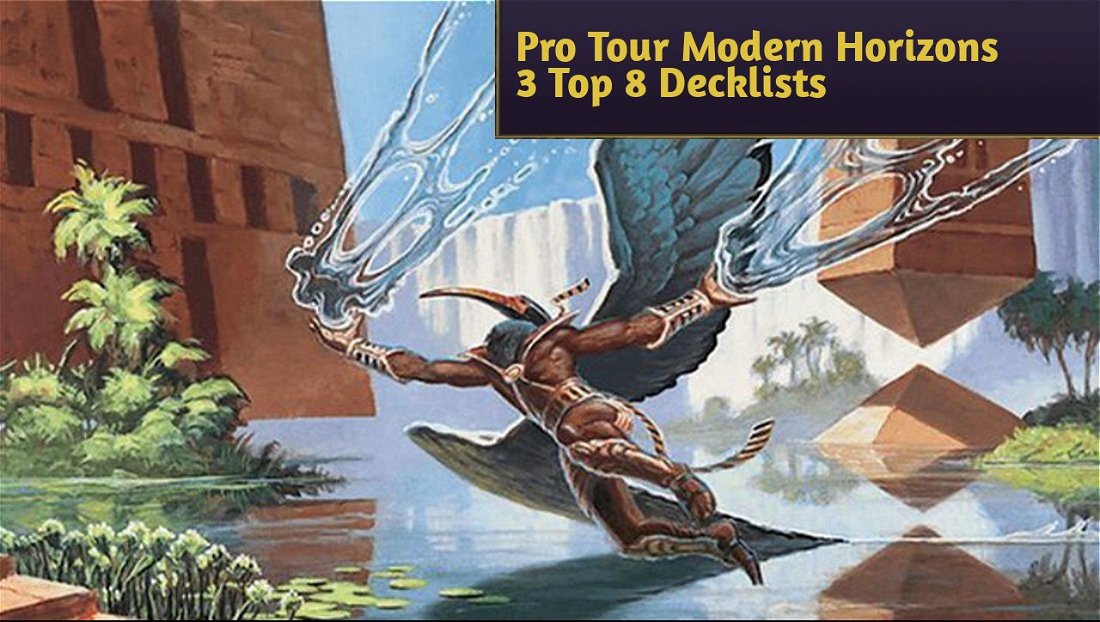What are Dual Lands?
Dual Lands are lands that generate one of two colors of mana, based on Magic: The Gathering's allied or enemy color combinations. Its name comes from the original land cycle from Alpha, known as “Dual Lands” or “Old Duals”.

Magic has several cycles of dual lands in the most varied rarities, and it is common for their availability in a given format to be a relevant factor in defining the best decks and strategies in a format.
Ad
Which Duals should I run in my deck?
The answer depends on many factors: which format you are playing defines, for example, which lands you can use, but we can follow some general rules.
The 10 Best Dual Lands in MTG
10 - Check Lands

Check Lands are one of the best-done land cycles in Magic. They don't have absurd interactions with Fetch Lands or other cards of the type, but they offer the right consistency for two- or even three-color archetypes if there is the right manafixing for them - whether with cards like Farseek, or with their interaction with duals with land types, like Hallowed Fountain.
9 - Filter Lands

Filter Lands may not see as much play today, but they are still one of the best ways to ensure color consistency without major deckbuilding compromises, and while many copies of them are not advisable for multicolored strategies, some of them make a significant difference when you need to pay very demanding mana costs in a single color.
8 - Pathways

Kaldheim's Pathways have established themselves as staples in Pioneer and Standard due to their versatility in offering access to colors with untapped lands, but with concessions that make a difference in very color-intensive decks - a fair price to pay for a cycle where there is no loss of a turn and no cost in life.
Ad
7- Pain Lands

The Pain Lands were one of the first efficient dual land cycles in Magic history, and almost 20 years after the original cycle was released in Ice Age, they remain relevant and have some impact on the competitive scene, as proven by the recent reprint of the entire cycle, which made these Standard staples also appear in two-color Pioneer decks that require a high cadence and color flexibility on untapped lands.
6 - Surveil Lands

The Surveil Lands are a recent cycle that, at launch, were very underestimated by players, but it didn't take long until they became staples in eternal formats due to their interaction with Fetch Lands, where using one or two copies of it in your list adds a lot to the consistency of the first turns of your deck, in addition to feeding cards like Murktide Regent or even helping to find, at the top, a creature to put in the graveyard and cast Reanimate.
5 - Canopy Lands

The Canopy Lands are still an incomplete cycle where four lands of the allied colors are missing, but their impact on the competitive Metagame is notable since when Horizon Canopy, which gives the cycle its name, was launched as an isolated land in Future Sight.
Their biggest attraction is the fact that Canopy Lands are never useless in a game while they come into play untapped, making them stand out in comparison to other lands with similar abilities, being an “upgrade” in relation to Pain Lands because they can draw a card as the game goes on.
4 - Fast Lands

The Fast Lands are the best lands in terms of efficiency without major concessions from Magic that doesn't have a land type, being staples in both Standard and Pioneer while also finding significant space in Modern,
Its biggest advantage is the fact that they come into play untapped in the first turns and without any concession to do so and no additional cost to use their mana, making it more efficient than Canopy Lands in the short term and more consistent in the access to colors than the Pathways.
3 - Shock Lands

Ad
Shock Lands are a “fixed” version of the original Dual Lands, where they can enter untapped for a single life cost and count as two land types at once, having important interactions with cards like Snuff Out and Lorien Revealed and Fetch Lands that easily enable three-color strategies in Modern and Timeless.
Even its life cost was, in some way, used proactively and beneficially to its controller in Death's Shadow decks, which take advantage of the damage to increase the power of their main creature or cast it faster.
2 - Dual Lands

The original Dual Lands are based on two-color lands, whose efficiency in adjusting colors without compromises placed them at a level far above the others, and forces the other cycles to have some type of drawback to be used.
Technically, there is no more efficient cycle in generating mana than them, making them the most played lands in Legacy and Vintage along with Wasteland and Fetch Lands, and all the inherent qualities of Shock Lands are present in it without the need to pay an additional cost in life and/or resources for this.
1 - Fetch Lands

The Fetch Lands are the most influential land cycle that has ever existed in Magic, essentially changing the way games are played and mana bases are built, valuing lands with types much more than others that don't have the same characteristic, in addition to making it much easier to build multicolored decks with Triomes and insert splashes with just one land of the chosen color.
Furthermore, they also interact with several game mechanics besides mana, such as using Brainstorm to remove useless cards from the hand, enabling Revolt from Fatal Push, feeding the graveyard to Gurmag Angler or Dragon's Rage Channeler, made Stifle too dangerous a card for certain formats and were even pre-banned from Pioneer to create new deckbuilding challenges in the format.
No other cycle has had such a historical impact on Magic, and therefore Fetch Lands are the best and most important land cycle in the game!
Conclusion
That's all for today!
If you have any questions, feel free to leave a comment!
Thanks for reading!








— تعليقات0
كن أول من يعلق